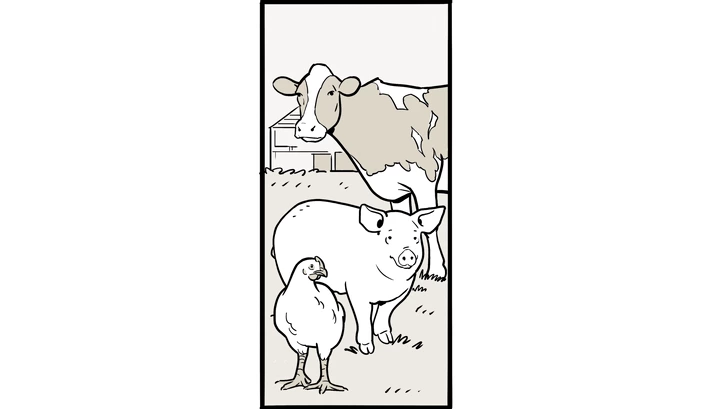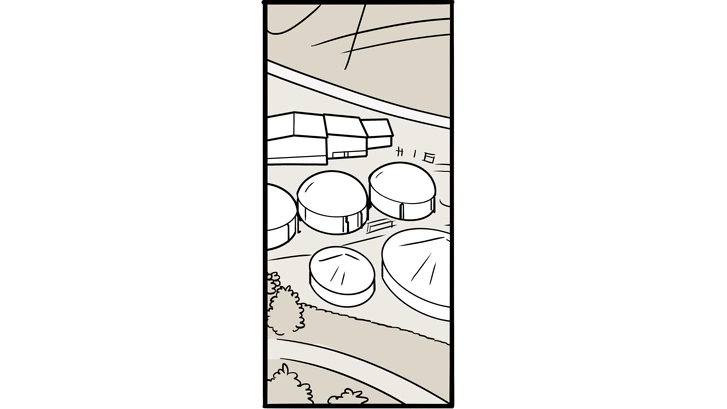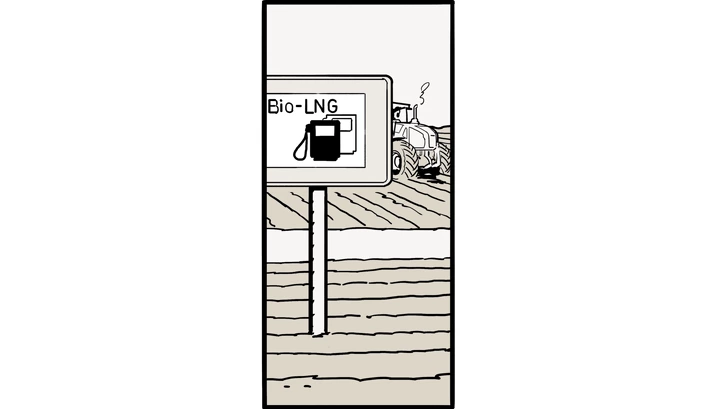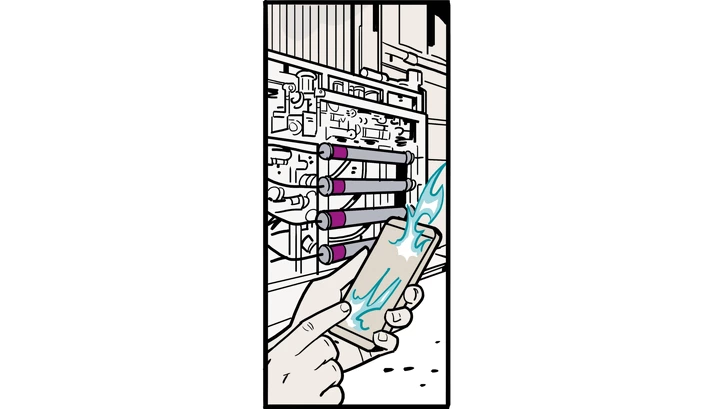Biogas upgrading from farm's agricultural waste like livestock manure
Evonik is responding to the challenges of today's security of energy supply: Using the group's innovative SEPURAN® Green membrane technology, biogas released during, for instance, anaerobic digestion of agicultural waste like livestock manure can be upgraded simply and efficiently to pure biomethane and fed directly into the local natural gas grid or used as alternative fuel for agricultural machines like tractors.
Biomethane from manure to enhance a farm’s environmental footprint
Renewables play a key role in clean energy transitions and the deployment of renewable power is one of the main enablers of keeping the rise in average global temperatures below 1.5°C. According to the International Energy Agency, the share of renewables in global electricity generation reached 28.7% in 2021. Still, renewable electricity needs to expand faster to reach the milestones in the Net Zero Emissions by 2050 Scenario.
Beside wind, water and sun, biogas is becoming increasingly important in today's renewable energy mix - quite rightly, because it is a highly efficient energy source and an important component of decentralized supply structures.
Biogas production helps enhance a farm’s environmental stewardship. Capturing and using biomethane through anaerobic digestion can significantly reduce greenhouse gas emissions from agricultural waste like livestock manure, mitigating the impacts of climate change. Production of biogas from manure at a farm level is the very epitome of a sustainable bioenergy system based on circular economy principles. The system uses residues from animal husbandry and incorporates a decentralised production of organic biofertilizer and biogas for use in heat, power or transport fuel, whilst simultaneously reducing fugitive methane emissions from open slurry holding tanks, reducing smells and minimising pollution effects on rivers and wells.
During anaerobic digestation, microorganisms break down the organic matter contained in the livestock manure and convert it into biogas. The benefits of anaerobic digestation of agriculture waste like livestock manure are widely recognised and the technology is established in many countries.
To exemplify this, IEA Bioenergy Task 37 published a report which examines the potential of manure for utilization in biogas facilities across seven countries: Germany; Australia; Austria; Norway; Canada, Ireland and the UK. These countries have differing levels of biogas industry, very different farming practices and a range of climates. The lessons learned from these seven countries can provide background for many countries across the globe.

Trash, manure, and wastewater have lots of potential. The biogas extracted from them with the help of high-performance membranes from Evonik provides energy carriers and valuable raw materials for industry. A plant in the South Tyrol shows on a small scale how a problem can become a profitable solution for everyone involved.
SEPURAN® Green membranes for biogas upgrading from livestock manure





As previously mentioned, biogas is produced by the fermentation of biomass - an organic substance, for example, from wastewater, liquid manure and sewage sludge, or from renewable raw materials. However, in addition to the energy carrier biomethane, raw biogas also contains carbon dioxide as well as other trace gases.
Evonik's gas separation membrane SEPURAN® Green makes it possible to purify the biogas that accumulates during wastewater treatment processes into high-purity biomethane and return it to the circular economy. The CO2-neutral gas can be fed directly into the municipal natural gas grid or used as a green fuel Bio-CNG (Compressed Natural Gas) to power municipal vehicles.
Biogas upgrading using membranes

Evonik's SEPURAN® Green membrane has been especially developed for efficient upgrading of biogas into high purity biomethane. The market entry of Evonik into the Biogas upgrading industry in 2011 revolutionized the market and set new technology standards. The introduction of a highly selective SEPURAN® Green membrane in combination with a patent protected 3-membrane-stage process allowed for high methane yields and high product purities with an optimized energy consumption.
Various technologies are available for separating CO2 from the raw biogas and upgrading it to biomethane. In addition to wellknown technologies such as pressurized water scrubbing, amine scrubbing or pressure swing absorption, membrane technology has become increasingly established in recent years. Thanks to highly efficient and highly selective membranes, it is possible to separate CO2 almost completely from methane in a compact 3-stage process.
Polyimide-based membranes are the most widely used membrane treatment systems. The advantage of membrane upgrading plants over conventional technologies lies, among other things, in the simplicity of the process and the low maintenance requirements. Of course, the spread of biogas upgrading plants is also influenced by local conditions and regulations as well as national incentives.

BIOGAS FROM SPAGHETTI?
Biogas is an eco-friendly energy source. It can be used to generate heat or as a fuel. But an extensive upgrading process is required before biogas is fed into the natural gas grid. New and highly selective polymer membranes from Evonik convert raw biogas simply and efficiently into highly pure biomethane.
Download




